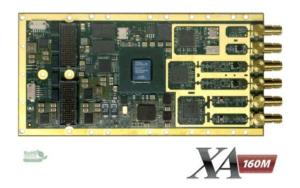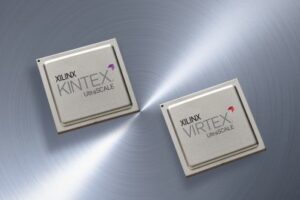Distributed Acoustic and Vibration Sensing
DAS/DVS systems use fiber optic cables to provide distributed strain sensing. Fiber optic cables are low cost and can easily be laid in the ground for perimeter intruder detection or against pipelines for damage detection sensing. Pulses of light are emitted along the fiber and the reflections caused by cable movement are received by an opto-electronic device and digitised for digital signal processing. The reflection of the light along the fibre is called Rayleigh Backscatter. Vibrations in the fibre will cause modulation to the Rayleigh Backscatter. The signals can be analysed in the time and frequency domain to identify what is causing the movement and where. Data acquisition and signal processing in distributed sensors require high sample rate, high vertical resolution digitizers.





